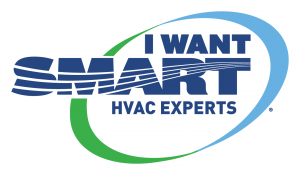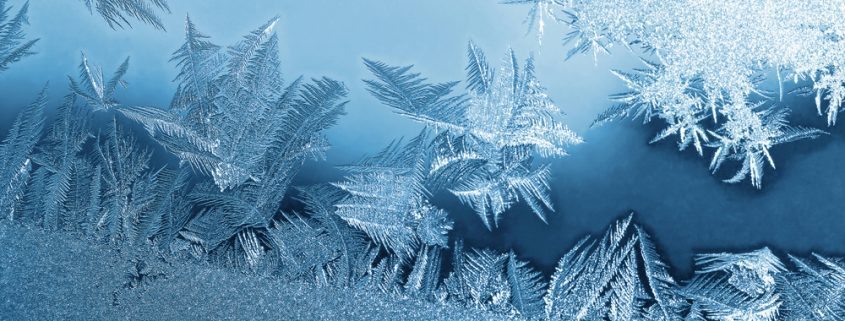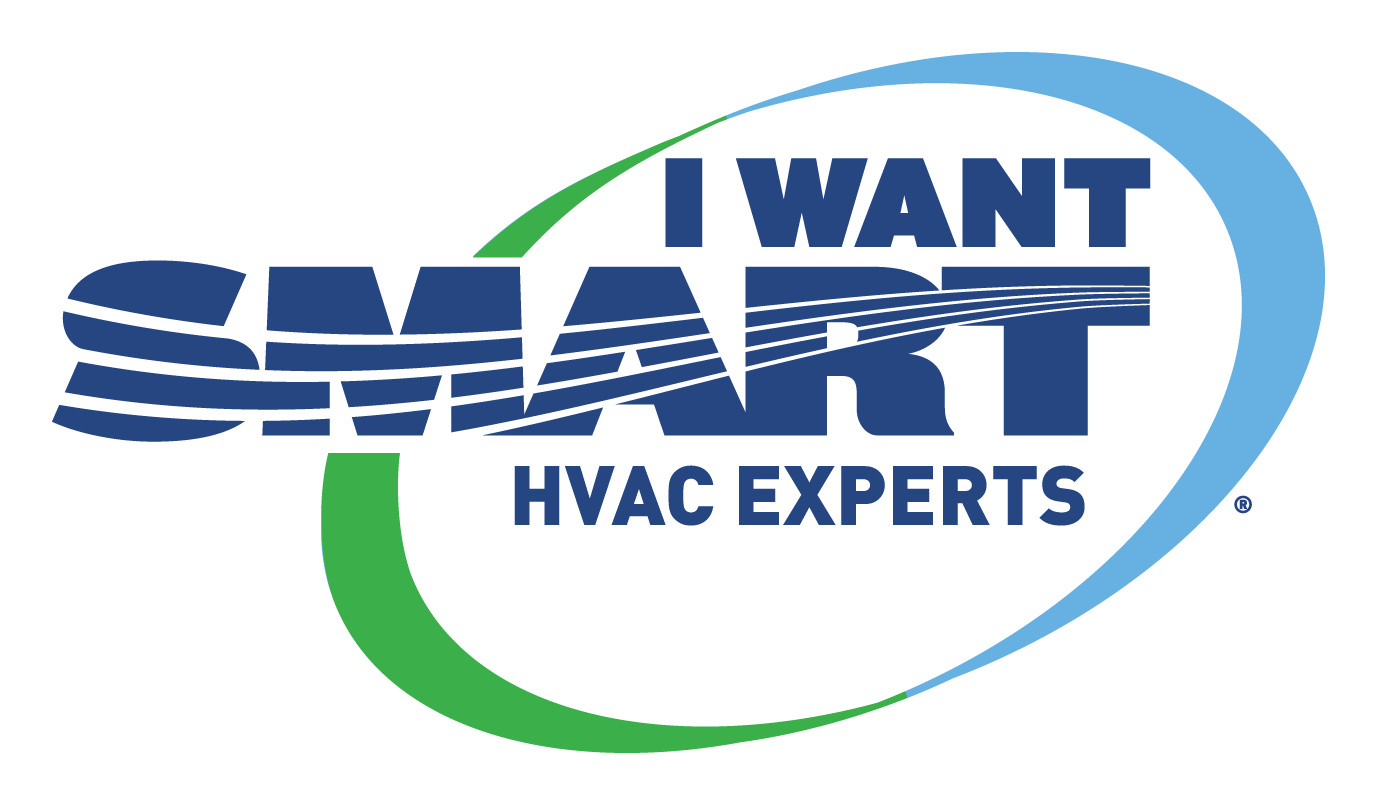How Well Do You Know Your HVAC System?
We’ll always emphasize that having efficient, well-maintained HVAC systems is extremely important. But when it comes to our customers knowing the ins and outs of these systems, we know this may be a challenge.
Well, your HVAC systems no longer have to be a mystery. Take a second to check out this full breakdown of an HVAC unit, and feel free to engage in a conversation with us about these parts next time we come around.
8 Parts of an HVAC System
Air Return:
The air return vent is the beginning point of your system’s ventilation cycle. Inside the vent is a fan that sucks in air. Then, that air is drawn through a filter. Once the air passes through the filter, it passes through the main system and will heat or cool the system.
Note: Dirt and debris in your air return clogs your filters – dust your return regularly.
Filter:
The filter’s purpose is to block particles from entering the air stream to ensure both your HVAC system and air stays clean.
Note: A dirty filter is one of the key components of HVAC problems. Cleaning it regularly is essential.
Ducts:
Air ducts serve as another pathway to distribute heat and cool air through your home.
Note: Clean these every two to five years.
Exhaust Outlets:
This outlet simply expels the exhaust generated by your system.
Note: You’ll want to check the chimney flue or vent stacks annually, as exhaust can become dangerous if it builds up in your home.
Outdoor Unit:
Also referred to as the “condenser unit,” this outdoor fan unit provides airflow which removes heat from inside your home and thrusts it outdoors.
Note: Keep this unit away from vegetation, as plants can cause major complications.
Compressor:
Within the outdoor unit lies the compressor. Its purpose is to convert gas refrigerant into a liquid, which then gets sent to the coil.
Note: This unit consists of many moving parts which can cause issues. Check it regularly to avoid excessive repairs.
Coils:
Also located within the outdoor unit, coils allow refrigerant to pass through, creating cool air.
Note: Coils can freeze up, potentially causing restricted airflow. Check and clean these annually.
Blower:
Warm air is drawn through the main housing of the unit from the blower.
Note: Having a blower that moves warm air efficiently ensures system durability. As we’ve recommended with every part of your HVAC system, check this part regularly.
SMART not only knows your HVAC systems in and out, but we will maintain them as regularly as you need. Schedule your next appointment with us today.










